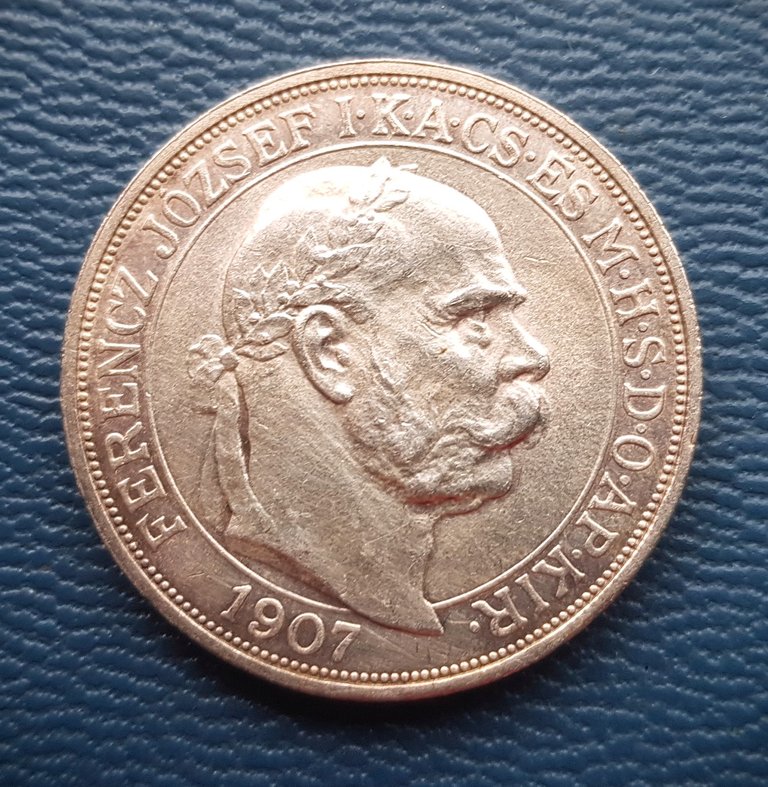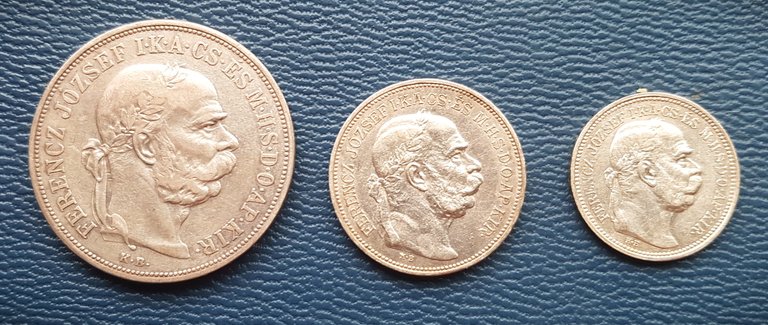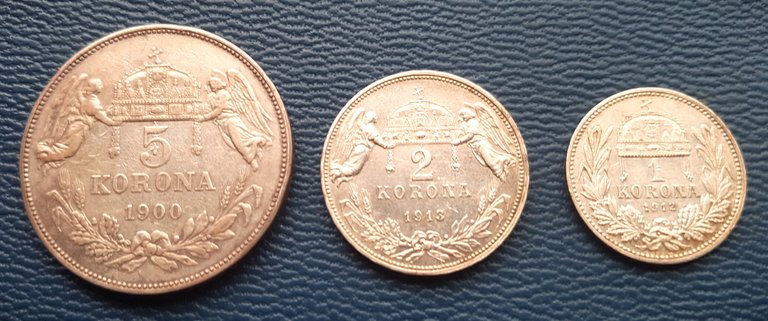
In 1526 the Habsburg dynasty ascended the Hungarian throne. I do not want to tell here the detailed history of Hungary or of this family. Just a few brief words.
The Habsburgs sought an increasingly centralist government. The centre of the state was Vienna in Austria. German-speaking Austrians were a minority in the Habsburg lands. All other countries and peoples felt marginalised and ignored. Over the centuries, there were frequent uprisings against the Habsburgs. Most often in Hungary.
In a previous article I mentioned the revolutionary wave that literally swept Europe in 1848. All the countries and peoples of the Habsburg Empire rose up. The uprising in Hungary lasted the longest and was the most difficult to suppress.
In 1866 the Habsburgs lost the war again. This time with Prussia. There were fears that the Hungarians would rise again. The Viennese government decided, as a precaution, to grant all Hungarian national demands.
In 1867, the Habsburg Empire was federalised. The so-called Austria-Hungary was created. Franz Joseph I reigned as Emperor of Austria and King of Hungary.
Paradoxically, Hungarians were a minority in Hungary. There were Slovaks, Romanians, Croats and others. The Hungarians immediately began to oppress the other peoples much more than they had done in the previous period.

5 Crowns, 1907, Fortieth anniversary of the coronation of Franz Joseph I as King of Hungary, diameter 36 mm, weight 24 g of silver, purity 900/1000. 300,032 of these coins were minted.
The image on the coin is interesting. The kneeling king is crowned by the archbishop. So from an ecclesiastical point of view, all is well. The king was chosen by God.
But there is also a figure in the costume of a Hungarian nobleman who is also involved in the coronation. So the king is chosen not only by God but also by the Hungarian nobility.

As a second coin today I present 1 crown from 1896. It is older than the first coin, but it is a lower denomination. I hesitated for a while which coin to show first. But in the end, the one I think is prettier won.
The original Hungarians were Asian nomads who invaded Europe from the eastern steppes. They were as dangerous as the Vikings between 896 and 1000. But then they too embraced Christianity, effectively mingled with the local indigenous population and formed a normal functioning medieval kingdom.

1 corona, 1896, The millennium of the arrival of the Hungarians in the Danube Plain, diameter 23 mm, weight 5 g of silver, purity 835/1000, 1 million of these coins were minted.
Notice on both coins the royal crown of St. Stephen, which is the symbol of the Hungarian state.

For comparison, here are the common Hungarian coins of the time. Five crowns, two crowns and a crown.

On all coins you can see the Hungarian crown of St.Stephen.
Austria-Hungary minted commemorative five-crown and crown coins. In any case not two-crowns. Why this was so is a mystery to me.
So I have to write: 2 crowns, 1913, diameter 27 mm, weight 10 g of silver, purity 835/1000.
The same information applies for the crown and the five-crown as for the aforementioned commemorative coins.
During the reign of Franz Joseph I, quite a few commemorative coins were minted in his empire. Some in editions of hundreds of thousands to millions, some only in numbers of hundreds of pieces. I have the first ones in my collection. I don't have enough money for the latter.
Thank you for reading and for any support and comments.

